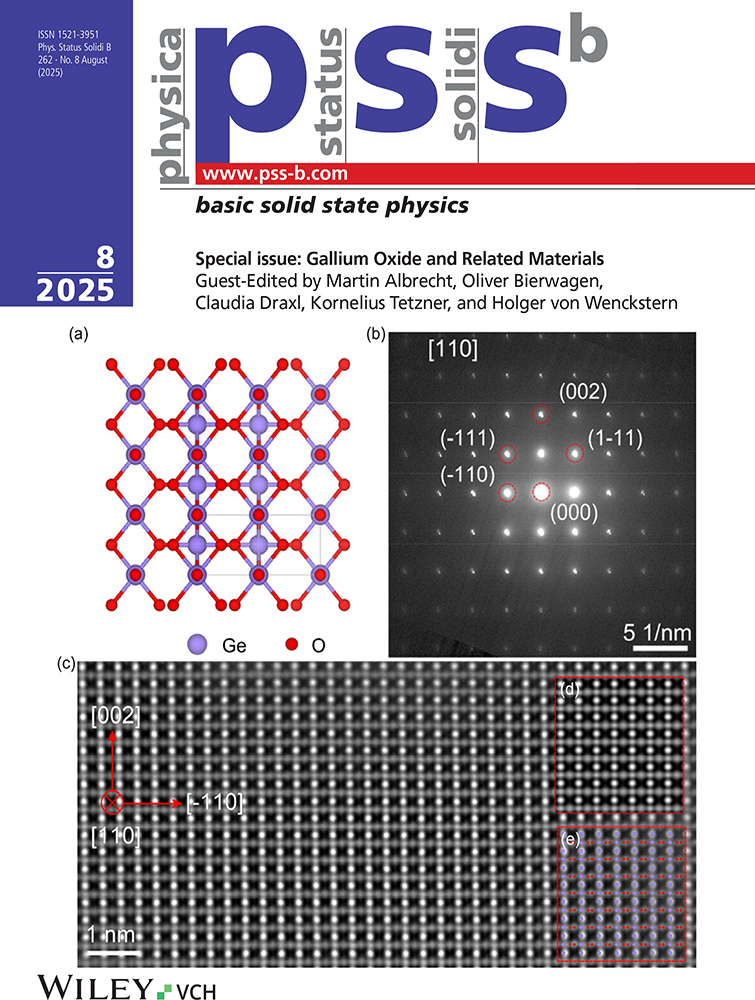Sub-Bandgap Optical Electro-Absorption in the Field of a P–N Junction
Abstract
A sub-bandgap light absorption coefficient α has been calculated as a function of light frequency ω for a semiconductor with a built-in non-homogeneous electric field of arbitrary shape. The electro-absorption spectrum α(ω) is shown to possess the following features: a) as the energy of absorbed quanta ħω approaches a bandgap Eg, the absorption coefficient α(ω) is close to that described by the Franz-Keldysh law for the homogeneous effective field equal to the maximum field within the p–n junction; b) for smaller ω, the coefficient α drops more abruptly than in the case of a homogeneous field because it is determined by the lateral sides of the junctions where the local fields are weaker; and c) it is terminated at the point ωt = (Eg — Δ)/ħ, where Δ is the total potential barrier across the p–n junction. Possible applications for delta-doped semiconductor superstructures are discussed. In particular, for materials with asymmetrical effective masses of the carriers (mc — mlh), the long-wavelength tail of the absorption spectrum is more sensitive to the shape of the spatial distribution of donors than to that of acceptors.




